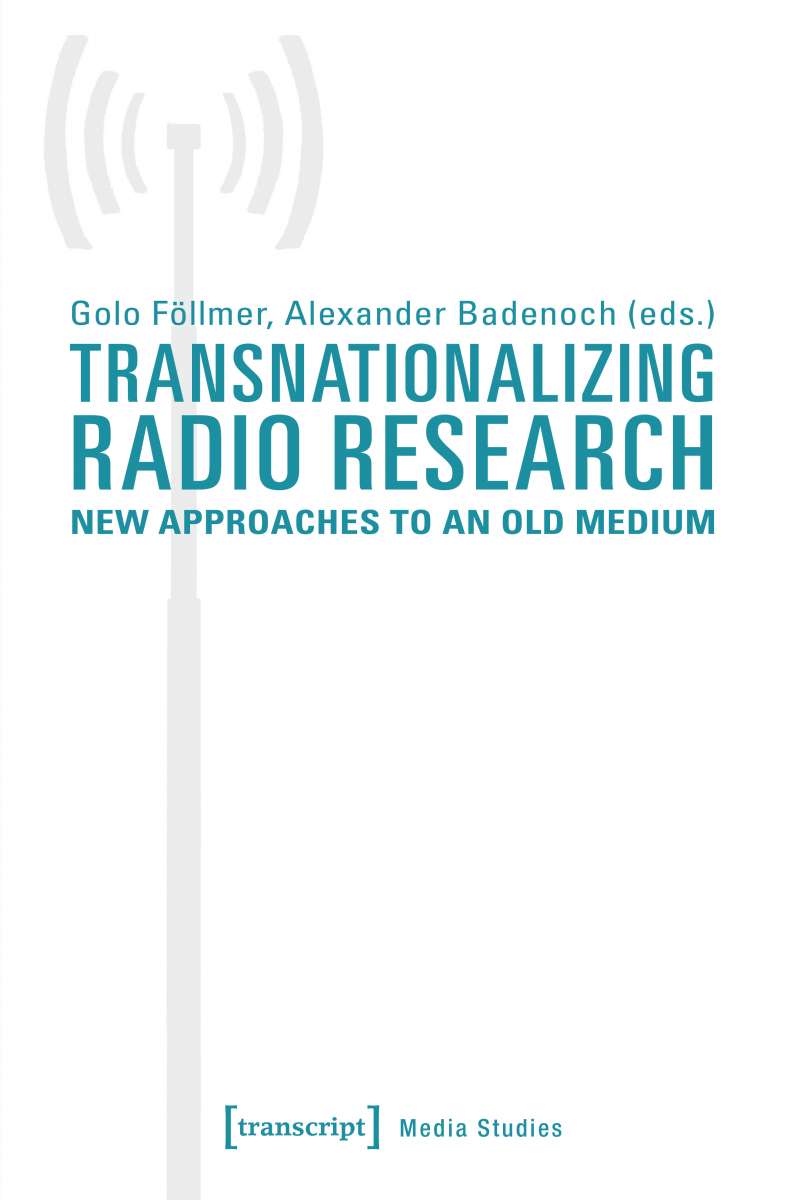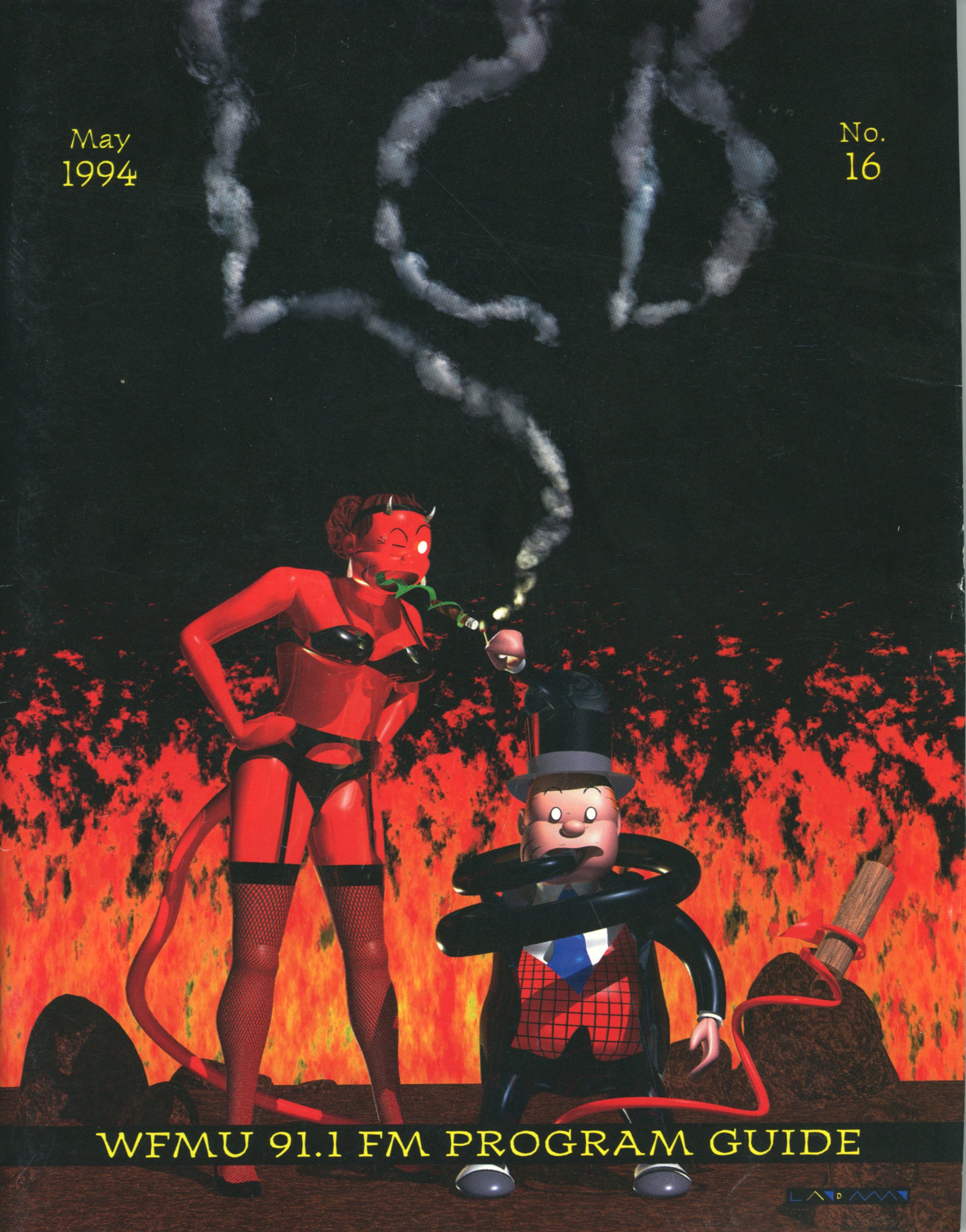Golo Föllmer, Alexander Badenoch (eds.): Transnationalizing Radio Research: New Approaches to an Old Medium (2018)
Filed under book | Tags: · archive, community radio, media, media studies, radio

“Transnationalizing Radio Research presents a theoretical and methodological guide for exploring radio’s multiple »global ages«, from its earliest years through its recent digital transformations. It offers radio scholars theoretical tools and concrete case studies for moving beyond national research frames. It gives radio practitioners inspiration for production and archiving, and offers scholars from many disciplines new ways to incorporate radio’s vital voices into work on transnational institutions, communities, histories and identities.”
Publisher transcript, Bielefeld, 2018
Creative Commons BY-NC-ND License 4.0
ISBN 9783837639131, 3837639134
313 pages
PDF, PDF (updated on 2023-7-31)
PDFs
Ron Sakolsky, Stephen Dunifer (eds.): Seizing the Airwaves. A Free Radio Handbook (1998)
Filed under book | Tags: · community radio, free radio, media history, pirate radio, radio

“The first book to document and emphasize the myriad voices of the free radio movement, from Black Liberation Radio in Springfield, Illinois, to Free Radio Berkeley in Berkeley, California. The first section, “Media Monopoly And The Rise Of The Free Radio Movement” includes contributions from Robert McChesney on the political economy of radio in North America and a history and analysis of the burgeoning pirate radio movement. The second section, “On The Air,” includes interviews with and commentary by some of the key grassroots participants in micropower broadcasting worldwide—from Canada, Holland, Haiti, and Mexico, as well as America. The final section of the book consists of a comprehensive technical guide and how-to manual for going on the air, complete with schematics and “sound” advice.”
Publisher AK Press, 1998
ISBN 1873176996, 9781873176993
212 pages
via esco_bar
PDF (19 MB; updated on 2015-11-8)
Comments (2)LCD (Lowest Common Denominator), 18-27 (1997-2001)
Filed under magazine | Tags: · art, community radio, music, music history, radio, sound art, sound recording

“Named the best radio station in America by Rolling Stone magazine four years running, WFMU is considered the alternative radio station. The New York-area noncommercial, free-form station features programming ranging from pure rock and roll to flat-out uncategorizable strangeness such as cooking instructions, off-kilter kids’ music, and spoken-word mash-ups. LCD (Lowest Common Denominator), the station’s program guide–begun in 1986 as a visual counterpart to WFMU’s oddball programming–was a wicked cocktail of satire, cultural news, alternative history, and provocative artwork that quickly gained noteriety and earned its own devoted cult following.”
Comment (0)
